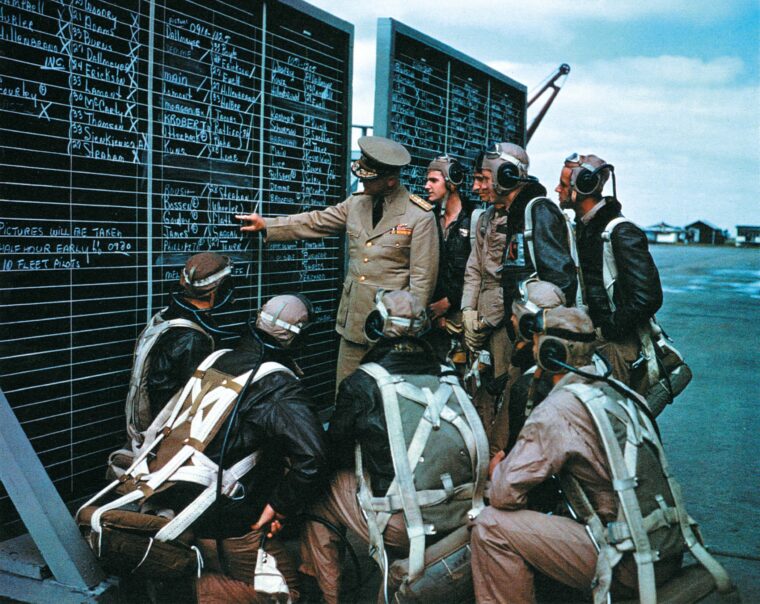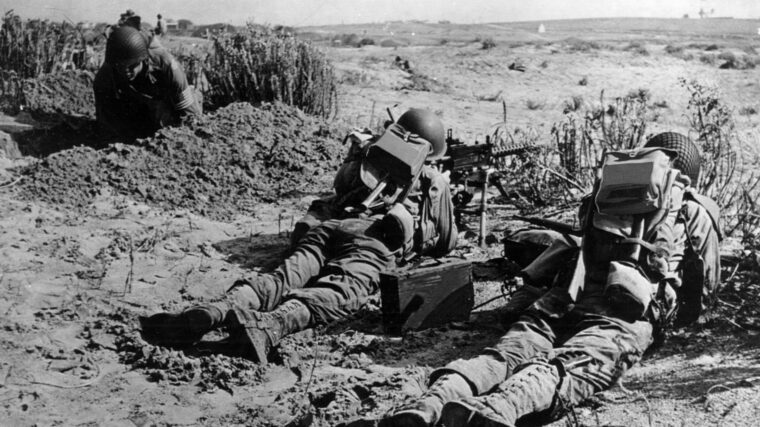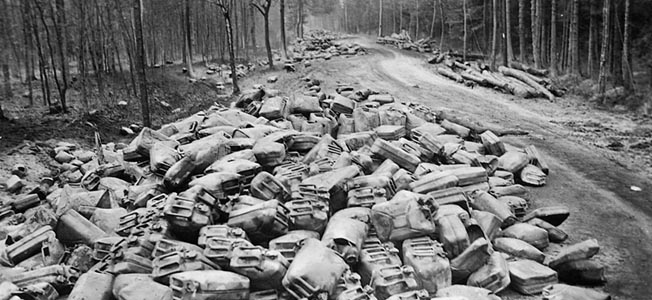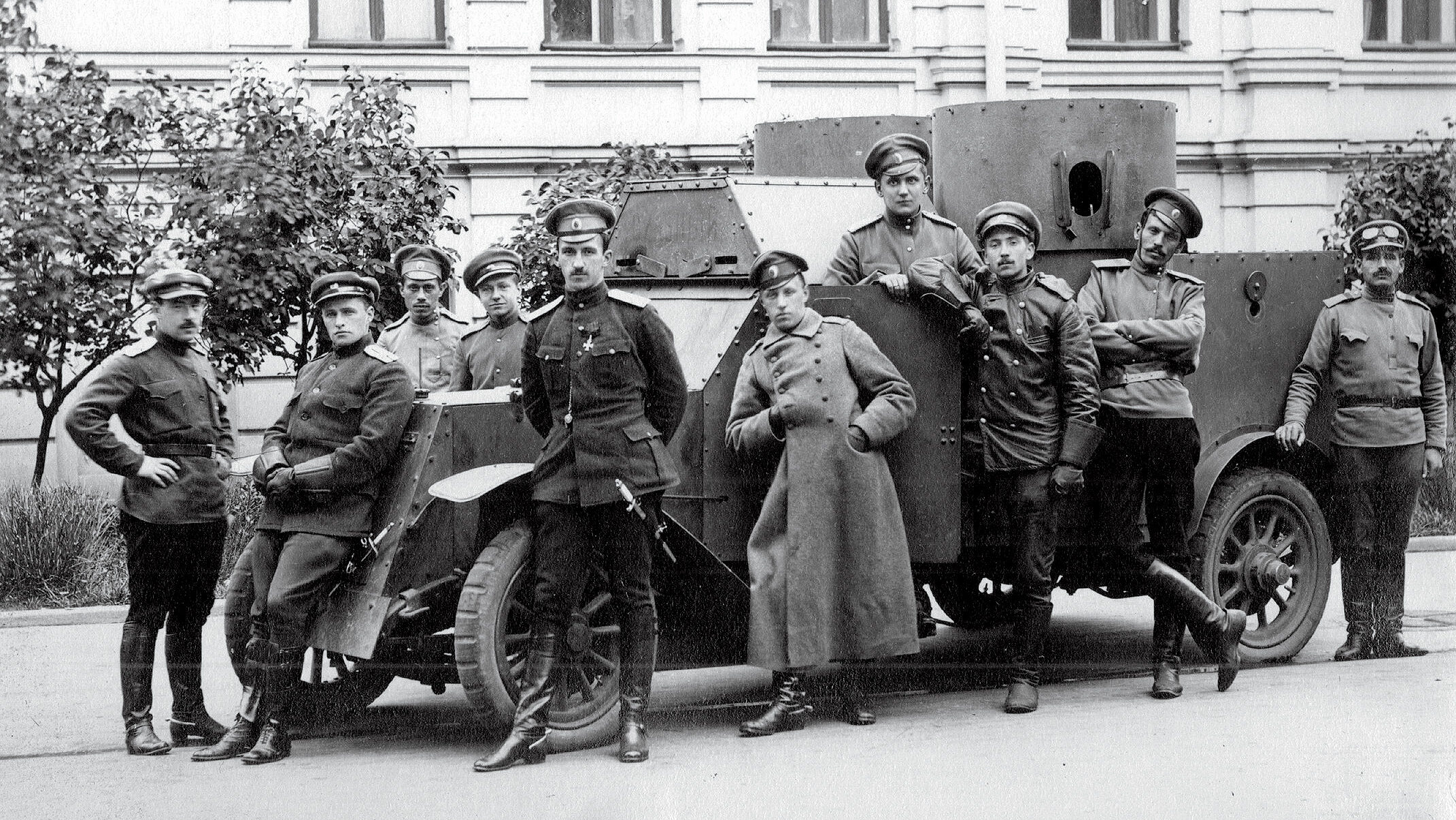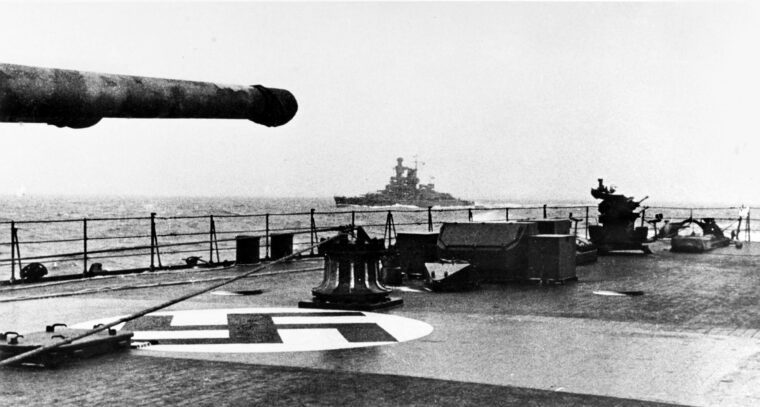
Operation Cerberus: The Kriegsmarine ‘Channel Dash’
By Patrick J. ChaissonBattleships,” said Adolf Hitler, “have had their day.”
In a military conference held December 29, 1941, Hitler took time to remind those in attendance that not so many months ago the Bismarck went down with all but 115 of her 2,200 crewmen after a 100-hour sea battle. Read more




